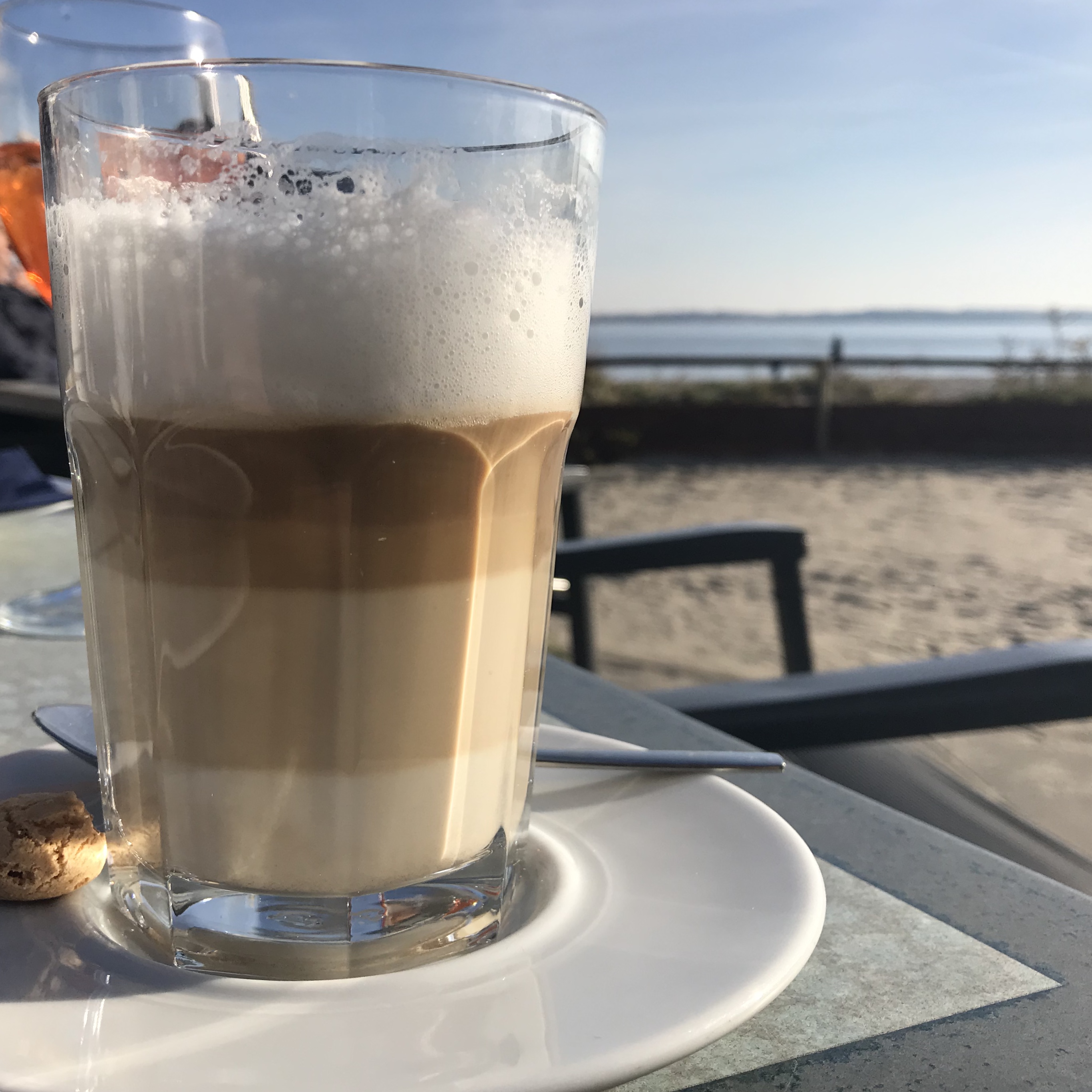
#KitchenOceanography
/ˈkɪtʃɪn ˌəʊʃəˈnɒɡrəfi/
noun
-
- Experimenting with ocean physics using only household items
- Observing oceanographic processes in, or during the preparation of, food and drinks
- DIYnamics: Rotating tank experiments based on LEGO
In more detail:
1. Experimenting with ocean physics using only household items
#KitchenOceanography is an extremely useful type of experiments on oceanographic processes: those that can be done using exclusively equipment that can be found in most kitchens, that is thus readily available at any time and any place, cheap to purchase or replace, as well as easily transportable to use for example in (primary!) school lessons, university classes, conference presentations, workshops, or skiing cabins.
#KitchenOceanography is the ultimate response to any claim that experiments are just too much of a hassle to run or show in any kind of setting.
Typical kitchen oceanography equipment includes plastic cups or glasses as vessels to hold the experiment, tap water of which the density is modified by using salt or changing temperatures, ice cubes to provide cooling or very cold fresh water, food dyes to act as tracers to visualize flow pattern, straws used as pipettes.
Processes that can be shown using kitchen oceanography experiments include density driven currents, overturning circulation, double-diffusive mixing, vortex streets, properties of freshwater and saltwater ice, effects of density on stratification, effects of pressure on solubility, and many more.
If a wider definition of kitchen oceanography is used to include household items commonly stored outside of the kitchen, things like hairdryers, bike pumps etc lead to many more possible experiments.
See all blog posts fitting this definition of kitchen oceanography here.
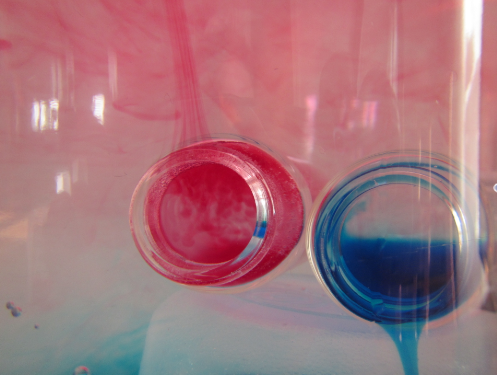
Using only luke-warm, hot, and cold water, and two different food dyes and you can create this!
Easy entry points into #KitchenOceanography
If you want to read more about this type of #KitchenOceanography, I recommend
- My “24 days of #KitchenOceanography” pages (English, German, Norwegian, Portuguese) which present a narrative that integrates 24 different experiments that can be done in order or individually
- My book about the experiments described above
- In German, there are also a written or a quick video introduction available
2. Observing oceanographic processes in, or during the preparation of, food and drinks
In its stricter definition, kitchen oceanography is almost even more fun: now it’s oceanographic processes that can be observed accidentally in your kitchen, or your foods and drinks!
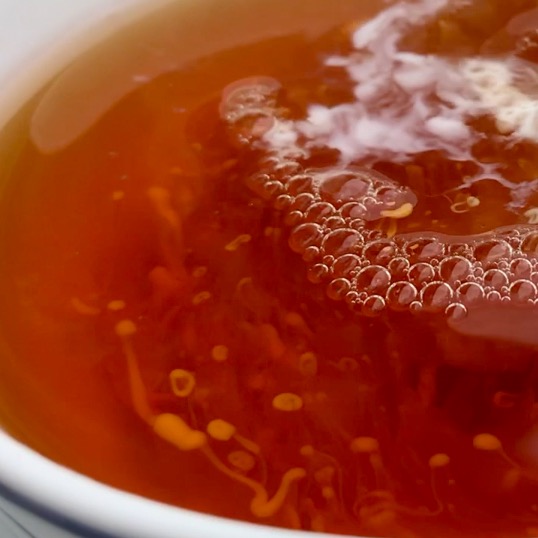
Observing mixing of cream and tea — notice the vortex rings?
Typical processes that can be observed in this kind of kitchen oceanography include processes related to ocean circulation, density stratification, mixing of fluids, salinity of sea water, ice formation, but it can also be used to visualize methods like e.g. ice coring.
Kitchen oceanography is the ultimate response to anybody who thought bringing you away from your lab might make you stop talking about oceanography.
See all blogposts fitting this stricter definition of kitchen oceanography here.
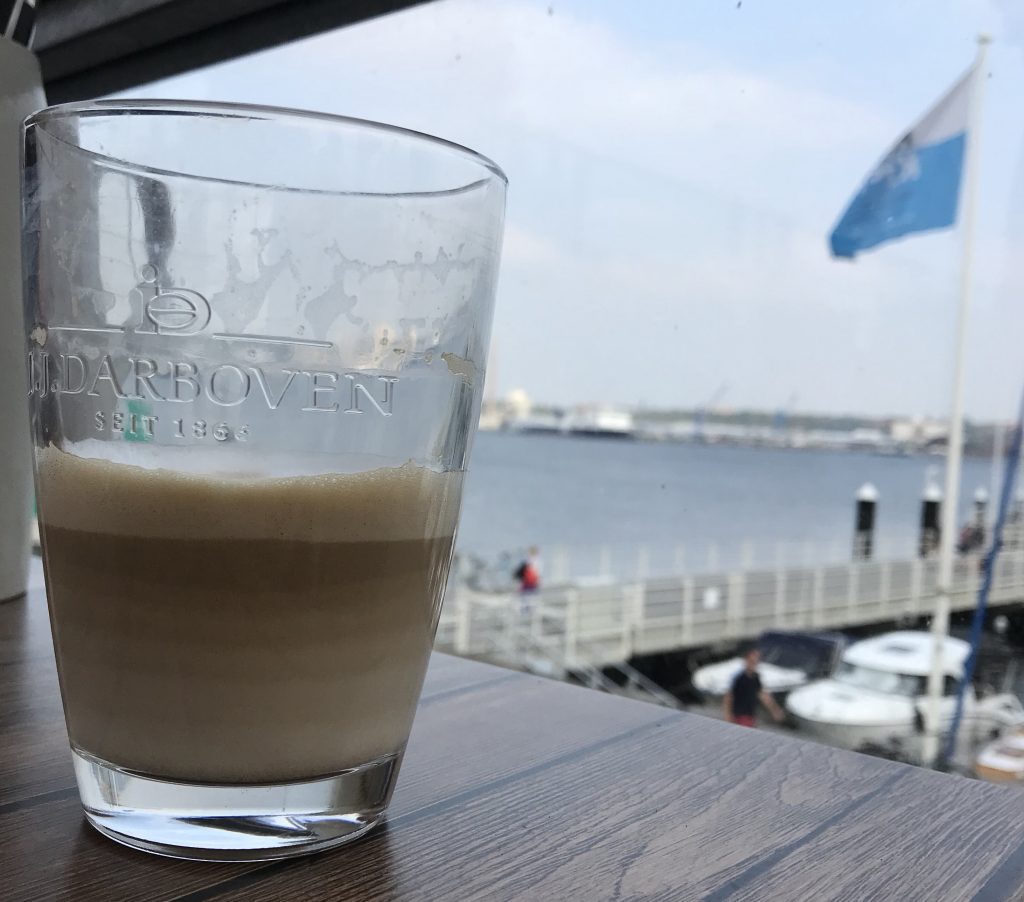
Observing layers in a latte can teach you so much about double-diffusive mixing processes in the ocean! And as you see in the picture, this is not a laboratory setting and most people would probably assume that they would be safe from oceanography talk here :-)
Easy entry points into food and drink-based #KitchenOceanography
If you want to read more about #KitchenOceanography according to this definition, you might like my more playful approaches:
- I have created postcards and posters about processes you can observe in your coffee (see also below)
- And there is a fortune teller that you can use to explore coffee #KitchenOceanography!
3. DIYnamics: Rotating tank experiments based on LEGO
Maybe not strictly #KitchenOceanography, but I am very inspired by the work of the DIYnamics group. They have developed a LEGO-based rotating table to do fluid dynamics experiments on.
Entry points into DIYnamics experiments
I have used the DIYnamics setup a lot during the lockdown of covid-19, here is the collection of videos I have made during that time.
Any questions? Please get in touch! :-)
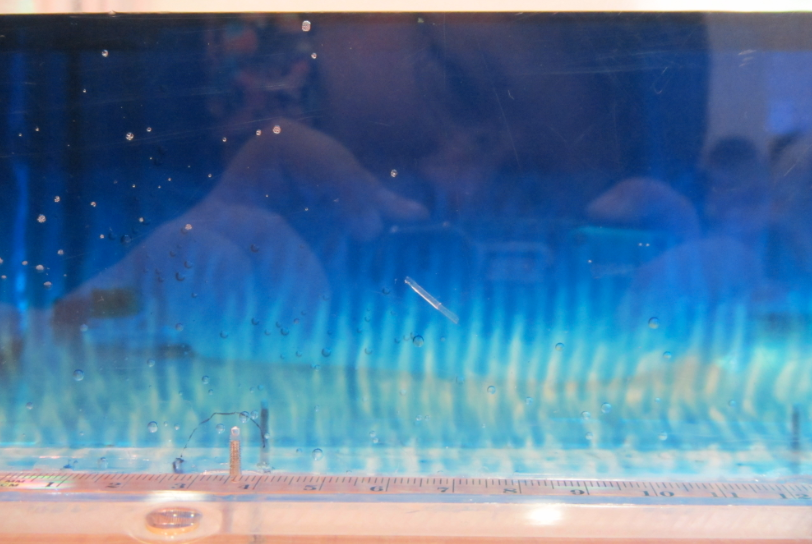
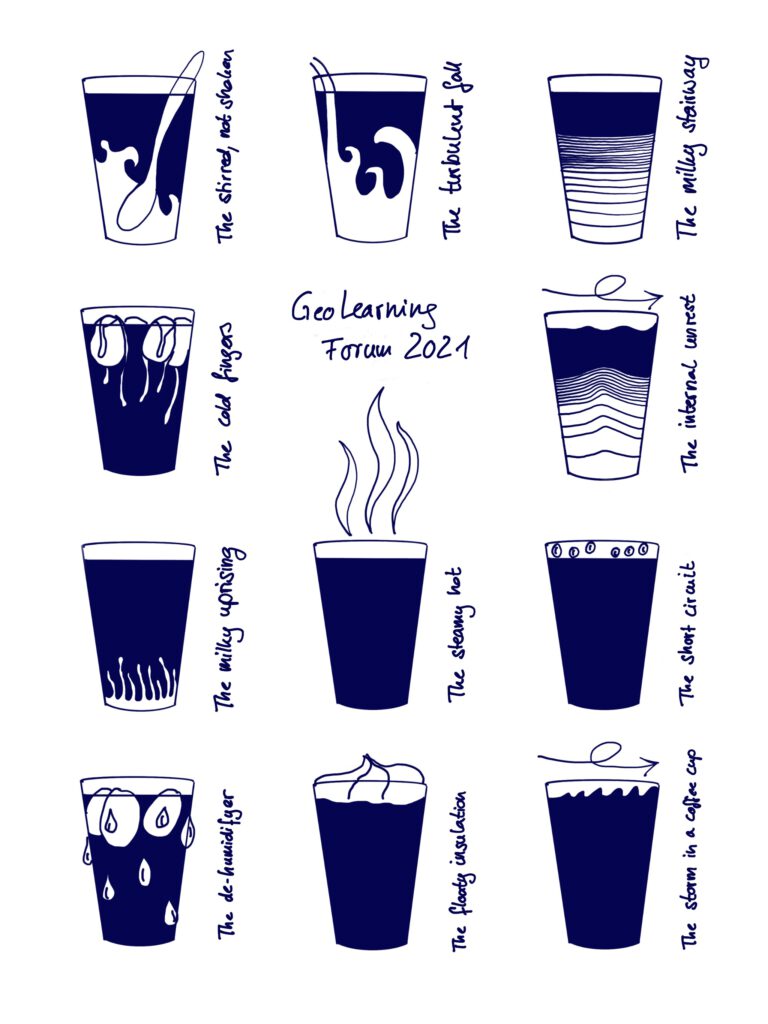
Currently reading about SDGs, education for wonder, and academic activism - Adventures in Oceanography and Teaching says:
[…] which I then absolutely had to look up, because it sounds like what I have always tried to do; with #KitchenOceanography, with #WaveWatching, with my active lunch breaks, even in the “seeing the world with new […]